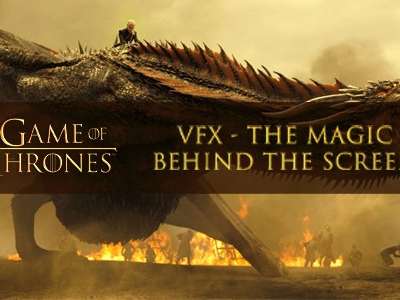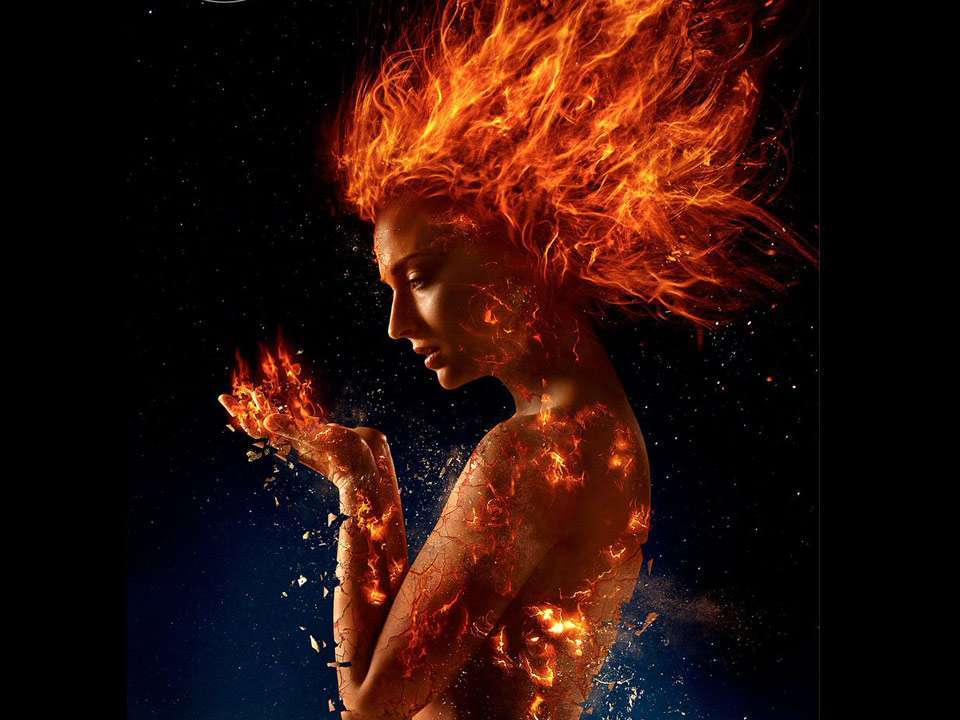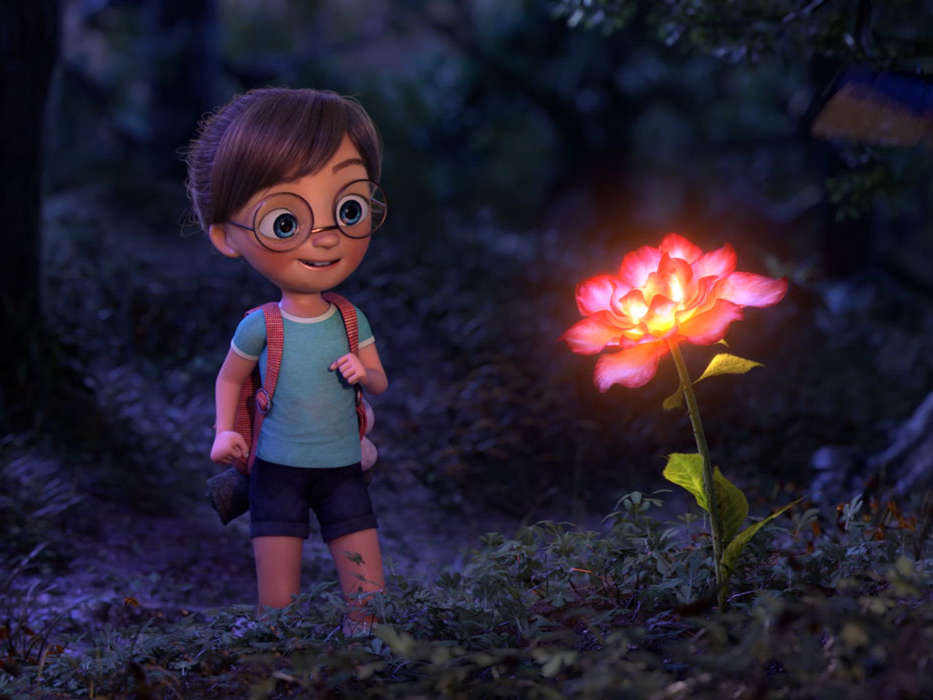How an Indian Engineering Student Became a Top Animator
Wondering how an Indian engineering student became a top animator? Visit 2014 Academy of Art University grad Saurabh Maurya’s portfolio and you’ll see what it takes. He is credited in a number of high-profile projects, including Game of Thrones, Westworld, Taylor Swift’s Bad Blood music video, and Marvel’s The Iron Fist.
Now, he’s the lead computer graphics artist for Star Trek: Discovery at Crafty Apes VFX in New York City.
Pretty bold moves for such a young grad.
Especially one that was on track to become an engineer, not an animator.
In an in-depth interview, Maurya described his journey from engineering school dropout to Academy success story.
His goal? To inspire others who feel stuck in their current careers to chase their dreams, too.
Q: How did you discover your interest in animation?
A: I am from Bombay, India. I was in an engineering college. However, it was not my thing. I am always fascinated by film. One of the films that inspired me is the bullet time sequence in the movie Matrix back in 1999. I really like that, and I always wanted to know how to do it. That’s how I started thinking about doing visual effects.
Q: How did you convince your parents that it was a good idea to let you pursue animation instead of engineering?
A: It’s an interesting story. My mom is a doctor, and my dad is an engineer. Initially, they are not happy about me pursuing art as a career. But I don’t blame them because there is no infrastructure in India and [visual effects] is a completely uncharted territory for them. They were just concerned about me.
Everybody thinks art is for somebody who doesn’t excel in studying. Everybody looks at someone who isn’t doing medicine or engineering or law as somebody who is not doing well in life.
It took me three years to convince my parents. After they finally agreed, I dropped out of engineering and started at the Academy as an onsite student in Jan 2010.
I went back to India for my brother’s wedding. One of my long distance relatives thought that I worked at a grocery store. I played that joke for a long time.
Q: What is your primary skill set as an animator? Give us a rundown of what you do.
A: I was initially into compositing but I was never a fan of ROTO. I always liked CG compositing so I started exploring 3D, and learned more about texturing and lighting, and that’s when I decided to branch out more and not restrict myself to just compositing.
Right now in my regular day I am actively overseeing the CG, FX and Matte Painting work in Star Trek. I have always wanted to work on Star Trek franchise, when I joined Atomic Fiction they had just wrapped Star Trek, I couldn’t be happier to be a part of it now.
Q: How did you break into the industry after graduation?
A: My first job right out of school was at Ntropic (a design agency based in San Francisco) where I worked for four months on Ads for Google, Apple, etc. I wanted to work in films but, being an international student, things were not working out due to visa complications in the first place.
Thankfully, one of my good friends from the Academy, Chen Hsu, who was working at Atomic Fiction in Oakland, referred me to his studio. That was the breaking point to me, as I got to work for Game of Thrones, The Walk, and Pixels, along with other exciting titles, which brought me ensuing opportunities. I will forever be grateful to Chen for referring me.
Q: What is the best way for students to build networking connections?
A: Networking is very important. Your skillset will get your foot in the door, but your connections and how you conduct yourself keep you there.
There are Siggraph, Visual Effects Society (VES) events, and there are also a few studios who occasionally have cocktail parties that are open to the public. They are all great networking events to attend.
Or, you can try to contact alumni who is working at the studio that you are interested.
Moreover, be active in online CG forums, which has helped me a lot.
Q: What are your suggestions for building a portfolio that will attract attention from studios?
A: Specialization is the key. Unless you are a dedicated generalist, then it’s an entirely different story. Don’t overwhelm yourself on building an entire city, work on smaller scenes, so you can show close-ups and details.
Never use your class assignments on your demo reel. Go out with your camera and shoot something. Look for the trends in the industry. For example, everyone has a dream of working at the Industrial Light and Magic (ILM). When I heard someone got a job there, what I did was examining his/her portfolio for insights. You will see the trends and what type of work that people have in their portfolio and distinguish them from others.
Put your work on ArtStation, CG Society, and similar forums for feedback and critiques instead of posting on Facebook.
Meanwhile, always have a secondary complementing skill as a backup. If you are a compositor, it’s good to have an understanding of 3D and particles. Basic knowledge of scripting will help you go a long way.
Q: Are your parents proud of your accomplishments now?
A: My mom still thinks I make cartoons, although my dad watches the projects I worked on both TV and in the theater. They’re pretty happy with my work now.
If you want to know more information about Maurya, please visit his portfolio site and the School of Animation & Visual Effects.





